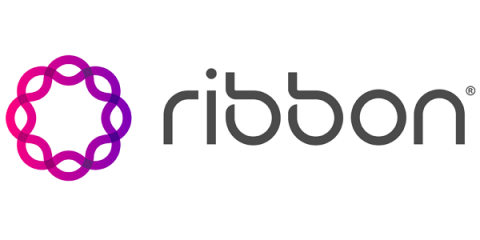G2: Squadcast Leads in Incident Management and Secures Key Wins Across IT Alerting
We’re thrilled to share that Squadcast has been recognized as a Leader for the second time in the Incident Management Category. This win celebrates our pioneering role in Unified Incident Management, where we bring together On-Call Management, Incident Response, Workflow Automation, AI/ML-powered Noise Reduction, and SLO tracking—all in one platform.











